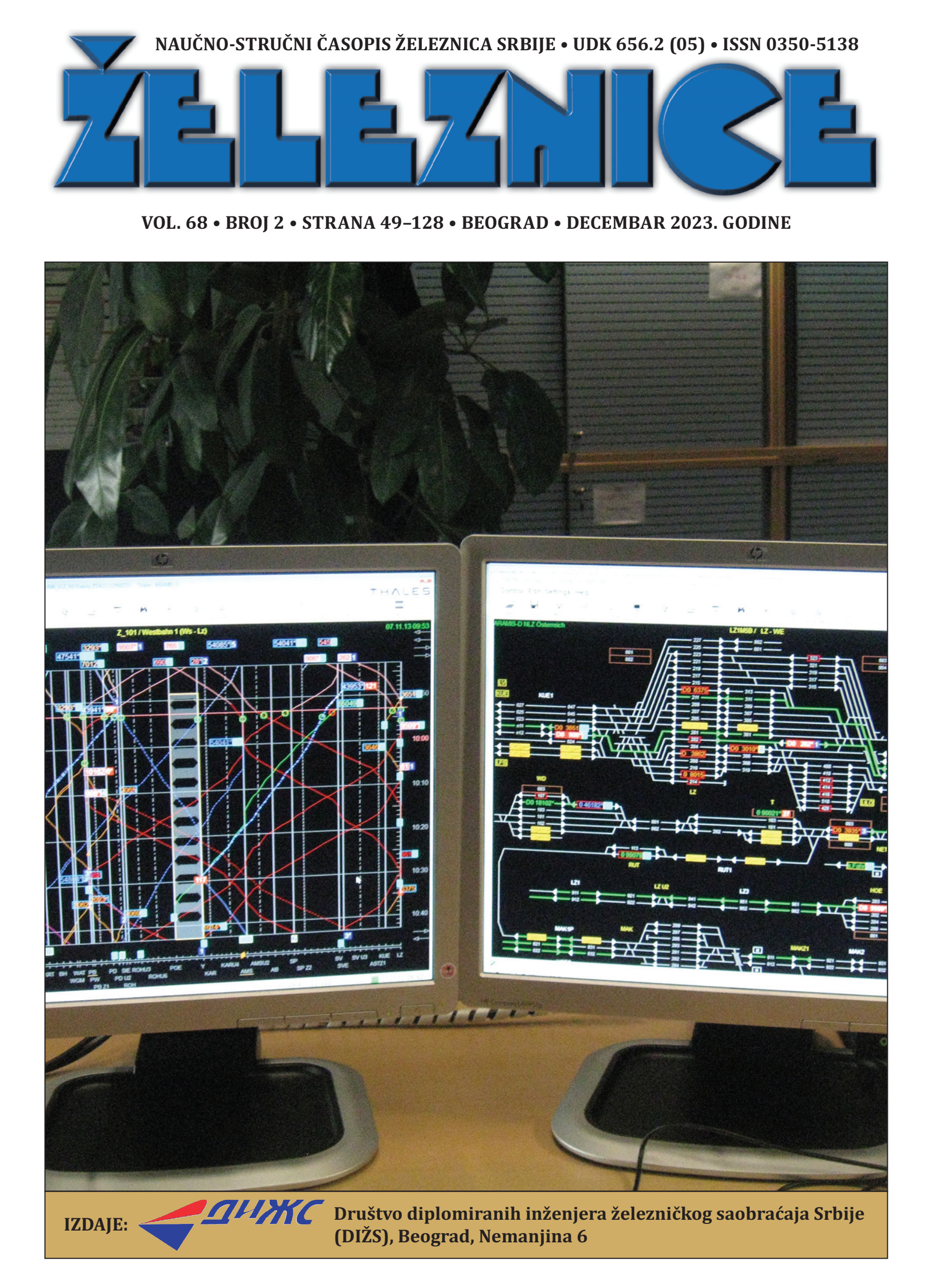ORGANIZATION AND TRANSPORT OF GOODS BY RAIL IN THE TERRITORY OF THE USA
Keywords:
railroad, freight transportation, USA rail networks, rail transportation system, rail efficiencyAbstract
America’s freight railroads are almost entirely privately owned and operated. Unlike trucks and barges, freight railroads operate overwhelmingly on infrastructure that they own, build, maintain and pay for themselves. Approximately 630 freight railroads operate across the nearly 140,000-mile u.s. freight rail network. The seven “class i” railroads — railroads with 2019 revenue of at least $505 million — account for around 68% of freight rail mileage, 88% of employees, and 94% of revenue. Each class i railroad operates in multiple states over thousands of miles of track. Non-class i railroads (also known as short line and regional railroads) range in size from tiny operations handling a few carloads a month to multi-state operations close to class i size. Together, they provide a safe, efficient and cost-effective transportation network that reliably serves customers and the nation’s economy. As America’s economy grows, the need to move more freight will grow too. The federal highway administration forecasts that total u.s. freight shipments will rise from an estimated 18.6 billion tons in 2019 to 24.1 billion tons in 2040 — a 30% increase. Railroads are getting ready today to meet this challenge.


